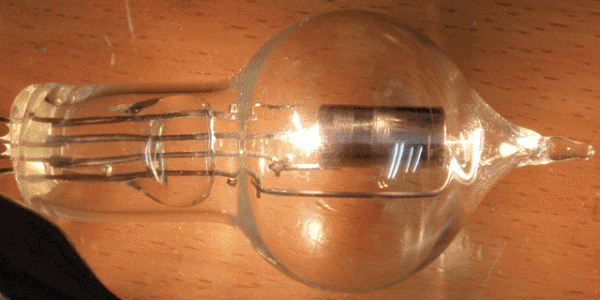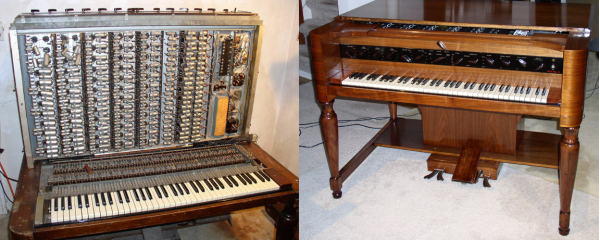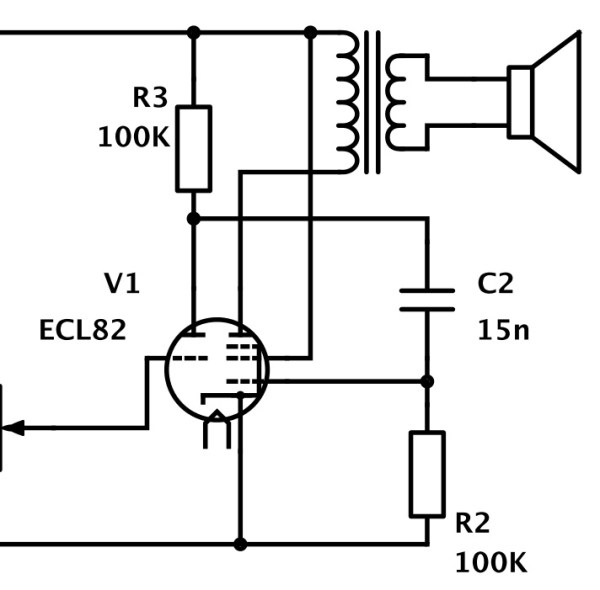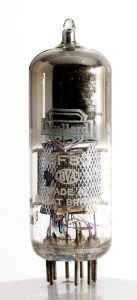It all began with a cheap Chinese rotary vane vacuum pump and a desire to learn the witchcraft of DIY vacuum tubes. It ended with a string of successes – a working vacuum chamber, light bulbs, glow tubes, diodes, and eventually this homebrew power triode and the audio amplifier built around it.
[Simplifier]’s workshop seems like a pretty cool place. It must have a bit of an early 20th-century vibe, like the shop that [John Fleming] used for his early work on vacuum tubes. Glass work, metal work, electronics – looks like [Simplifier] has a little bit of everything going on. True to his handle, once [Simplifier] had a cheap but effective vacuum rig he started with the easiest projects – incandescent and gas discharge lamps. Satisfied that he could make solid electrical and physical connections and evacuate the tubes, he moved on to diodes and eventually triodes. The quality of the tubes is pretty impressive – stray gasses are removed with a bake-out oven and induction-heated titanium getters. And the performance is pretty solid, as the video below reveals.
Very impressive overall, and it’s not just the fact that he’s building tubes from scratch – we’ve seen that before. What shines here is that specialized equipment is not needed to make working and reliable tubes – just a MAPP torch, simple hand tools, and a low-end vacuum rig. Anybody could – and probably should – give this a try.
Continue reading “Home Brew Vacuum Tubes Are Easier Than You Think”


















